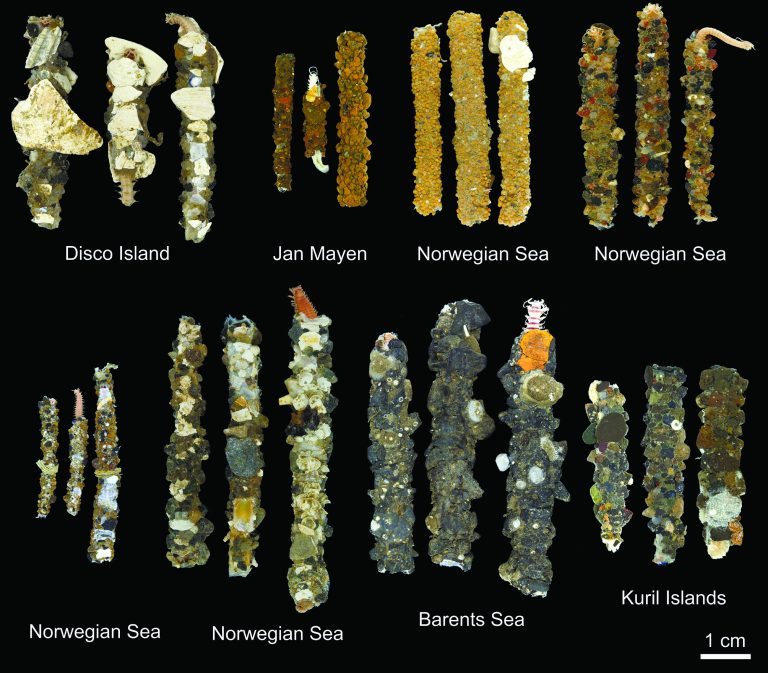Supervisors: Nataliya Budaeva, Dimitar Dimitrov
Background:
Nothria conchylega is a large and peculiar bristle worm with unique lifestyle. The worms live inside their tubes which they build of sediment particles or shell fragments and carry along almost like trichopteran larvae. The species is very abundant and has an extremely large geographical distribution in the Arctic, the North Atlantic and the North Pacific. Despite being a common species, little is known about the population structure of Nothria conchylega. The project aims to analyze the mitochondrial genomes and several nuclear markers obtained from the specimens sampled across the whole geographical range of the species and to study the mechanism supporting the gene flow within its large circumarctic geographical range.
The project supervisors already have data available for the analysis which makes the students work focused more of the data analysis. However additional data can be generated to learn the wet lab techniques. The project is a great opportunity for a student to become familiar with the bioinformatic tools, learn how to analyze large datasets and address complex questions in the Arctic species phytogeography. A motivated student will have an opportunity to join field work in Svalbard or Finnmark (depending on the time frame of the Master project and availability).
The project will include:
- Examination of specimens of Nothria conchylega from the University Museum of Bergen collection
- Sampling tissues for Illumina sequencing
- DNA extraction and library preparation (optional)
- Basic bioinformatic training and handling data in a terminal, learning bash commands
- Basic training on how to work on a remote computer cluster
- Mt-genome and nuclear RNA cluster assembly, BLAST
- Annotation of assembled mitochondrial genomes
- Phylogeographic analysis of the obtained data
- Presenting results on a conference
- Participating in a publication in a peer-reviewed journal
Contact: Nataliya Budaeva
